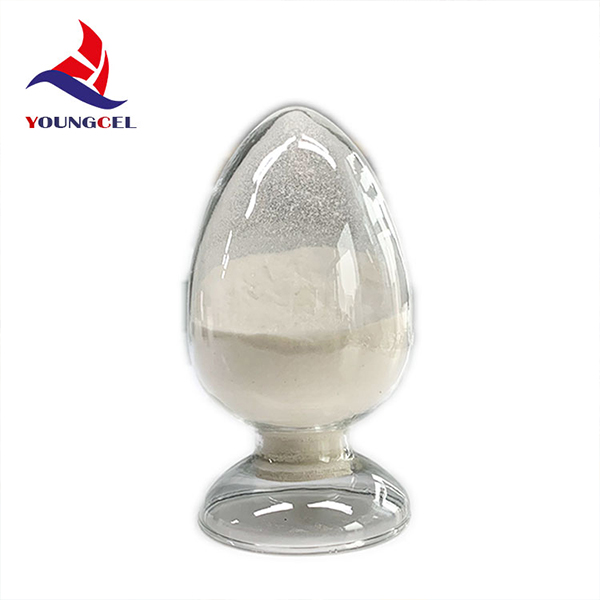Understanding Hydroxypropyl Methyl Cellulose (HPMC) and Its Chemical Composition
Hydroxypropyl Methyl Cellulose (HPMC) is a versatile polymer derived from cellulose, the primary structural component of plant cell walls. It plays a crucial role in various industries, particularly in pharmaceuticals, food, construction, and personal care products. This article explores the chemical composition of HPMC and its multifaceted applications.
Chemical Composition
HPMC is a modified cellulose ether. The structure of HPMC is characterized by the substitution of hydroxyl groups on the cellulose backbone with hydroxypropyl and methyl groups. The percentage of each substituent defines the properties of HPMC, including its viscosity, solubility, and thermal behavior.
Typically, HPMC's chemical composition is represented as follows
- Hydroxypropyl Groups These groups are introduced to enhance the solubility of the cellulose ether in water. The degree of hydroxypropyl substitution can significantly influence the solubility and thickening properties of the polymer. Commercially available HPMC can have hydroxypropyl content ranging from 10% to 25%.
- Methyl Groups The introduction of methyl groups is essential for improving the hydrophobic characteristics of HPMC. This modification aids in improving its film-forming properties and overall stability in various environments. Methyl content can also vary significantly but typically ensures the material retains its functionality even in aqueous systems.
The combination of these substituents results in a non-ionic polymer that provides excellent water retention, gel formation, and adhesive properties.
Properties and Applications
chemical hpmc hydroxypropyl methyl cellulose

Due to its unique chemical composition, HPMC exhibits numerous advantageous properties
1. Solubility HPMC dissolves readily in cold water, forming a viscous solution. This makes it ideal for use in various applications where water solubility is desired.
2. Thickening Agent One of the most common uses of HPMC is as a thickener in formulations. In the food industry, it acts as a stabilizer to prevent ingredient separation in sauces and dressings. In pharmaceuticals, it is used in gel formulations and drug delivery systems to control the release of active ingredients.
3. Film-Forming Agent HPMC's ability to create a continuous film makes it valuable in personal care products, such as lotions and creams, enhancing their texture and performance.
4. Binding Agent In the production of tablets, HPMC is employed as a binder to ensure that the ingredients cohesively adhere together under pressure during the tablet manufacturing process.
5. Construction Applications HPMC is used in the construction industry, particularly in tile adhesives and plasters, as it provides improved workability and prolongs the open time of the mixture.
Conclusion
In summary, Hydroxypropyl Methyl Cellulose (HPMC) is a significant cellulose derivative that demonstrates a broad range of properties due to its unique chemical composition. By adjusting the ratios of the hydroxypropyl and methyl groups, manufacturers can tailor HPMC for specific applications across different industries. Its versatility in solubility, thickening, binding, and film-forming capabilities makes it an indispensable ingredient in modern formulations, contributing to advancements in technology and product development. As industries continue to evolve, the demand for HPMC and its derivatives is likely to grow, demonstrating the importance of this remarkable polymer in enhancing everyday products and solutions.
-
The Application and Significance of Construction RdpNewsMay.19,2025
-
Industrial Grade HpmcNewsMay.19,2025
-
Building Coating Adhesive Building Coating Adhesive HpmcNewsMay.19,2025
-
Application Of Hpmc For Detergent For Detergent In DetergentsNewsMay.19,2025
-
Application Of Hpmc Cellulose In Cement-Based MaterialsNewsMay.19,2025
-
Application Of High Quality Hpmc For Construction In The Field Of ConstructionNewsMay.19,2025




